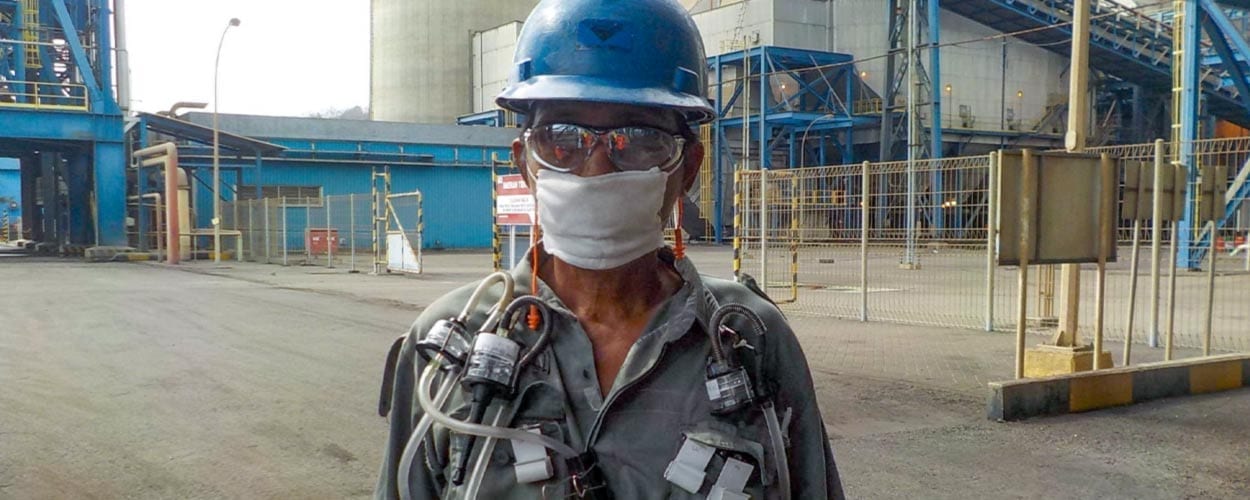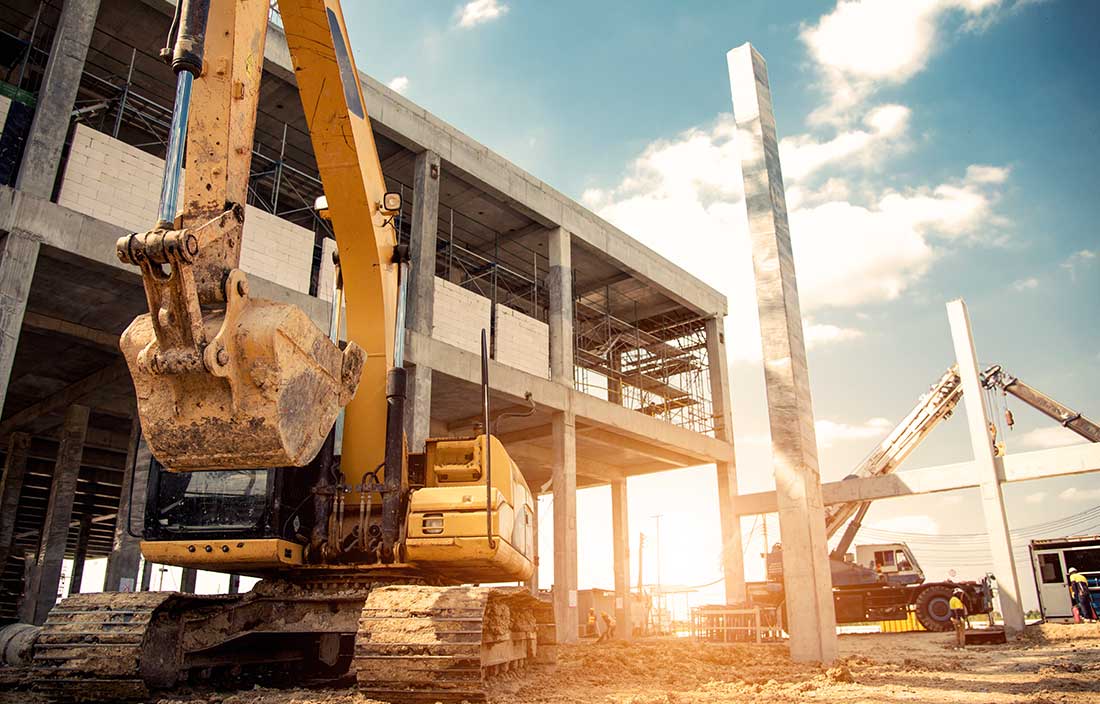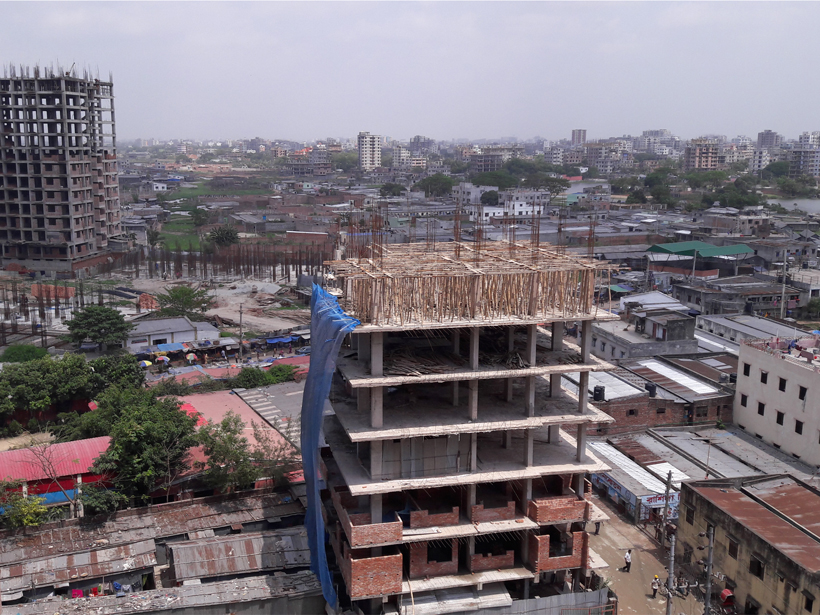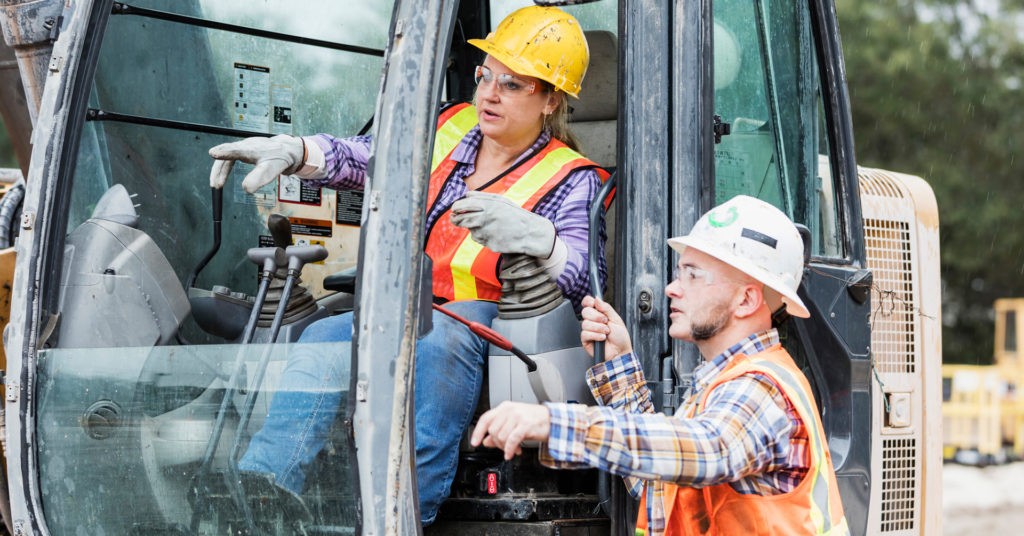Navigating a construction project can be daunting and intimidating, especially when considering the potential risks involved. Although it is impossible to entirely avoid such risks, various steps can be taken to reduce their likelihood of occurring.
From identifying and mitigating risk through the use of contracts to understanding regulatory requirements and other important liabilities, this article explores essential strategies for the successful navigation of a construction project. With careful planning, accurate budgeting, and an eye on potential problems before they arise, you can ensure your construction project runs smoothly with minimal disruptions or complications.
Identifying Risks
Identifying the risks of a construction project can be a daunting task. From weather to budgeting, numerous factors need to be taken into account when evaluating the risk potential. Both contractors and owners alike must identify any foreseeable issues before beginning a project to minimize their exposure and ensure timely completion.
A thorough assessment should include an evaluation of both external and internal variables, such as local laws or labor disputes, which could affect the outcome of the undertaking. Additionally, it’s important to consider certain environmental elements that may impact progress on the job, including extreme weather conditions or hazardous sites. By thoroughly assessing all aspects of each venture, stakeholders can better prepare themselves for any eventualities that could arise during construction.
Assessing Risk Potential

Assessing Risk Potential in a Construction Project is an essential part of staying ahead of potential issues and avoiding costly delays. As the project progresses, it’s important to analyze each stage and identify any risks that could lead to complications down the line. To ensure success, a risk assessment must be done methodically and accurately, taking into account all aspects of the build.
This includes evaluating hazards like weather conditions or unstable soil composition as well as safety considerations such as working at heights or handling hazardous materials. A thorough review should also include assessing how changes to plans may affect costs, schedules, or other parts of the project.
Finally, properly accounting for human factors can help reduce unforeseen problems arising due to a lack of communication or inadequate training. By analyzing each element thoroughly and making adjustments early on in the process if necessary, overall risk potential can be kept at a minimum for a successful construction project outcome.
Developing Mitigation Strategies

When it comes to mitigating risks associated with a construction project, planning is key. A successful mitigation strategy will consider the financial, environmental, and safety implications of any actions taken. One way to ensure that all relevant issues are addressed is by creating a checklist for each decision made during the project. This should include considerations such as cost estimates, timelines, job site protocols, and regulatory compliance measures.
Additionally, when setting goals for the completion of various stages in the process, build in some flexibility to account for unexpected delays or changes in plans. This can help provide some protection against potential losses due to unforeseen events that could occur during the construction phase. Finally, be sure to regularly review progress towards established goals and adjust strategies accordingly if obstacles arise. By being proactive about risk management throughout every step of a construction project’s lifecycle, it is possible to achieve success without incurring unnecessary risks along the way
Establishing Communication Protocols

When it comes to navigating the risks of a construction project, establishing effective communication protocols is essential. Clear and consistent messaging across all stakeholders is key to ensuring that everyone involved is on the same page and working towards the same goal. All parties should agree upon expectations before any actual work begins, including features such as who will be responsible for communicating progress updates and how those updates should be delivered.
Setting up a team or individual with dedicated responsibility for communications can also help streamline this process. Additionally, ensuring that all feedback loops remain open throughout a project helps avoid miscommunication down the line as well as feelings of frustration from any one party not feeling heard or respected by others throughout the process.
Establishing these protocols at the beginning stages of a construction project allows teams to focus more on completion than conflict resolution during its later phases, helping keep everyone happy and productive every step of the way.
Monitoring and Evaluating Performance

Monitoring and evaluating performance on a construction project is essential for its success. Careful consideration must be given to the type of measurements taken, as well as how they are used to gauge progress toward completion.
Performance metrics should include both short-term goals such as daily tasks being completed to stay on schedule, and long-term objectives like ensuring quality assurance standards are met. Regular inspections by supervisors or contractors can help ensure that all safety protocols are being followed and any necessary adjustments are made before completion.
Additionally, feedback from customers who have already experienced the end product should be solicited to identify areas of improvement moving forward. By taking these steps during construction projects, owners can better navigate the risks involved with their execution, ultimately leading to successful results.
Conclusion

Construction projects involve a variety of risks, from over-budgeting to safety concerns. Thankfully, some measures can be taken to help navigate these risks and ensure the success of a project. The key is to plan and create an organized process for tracking progress through every phase of construction.
By utilizing software solutions like BuildOps, contractors can keep track of budgets and timelines while also ensuring proper safety protocols are being followed. With this kind of oversight in place, contractors can rest easy knowing their projects are on the right track for success.

